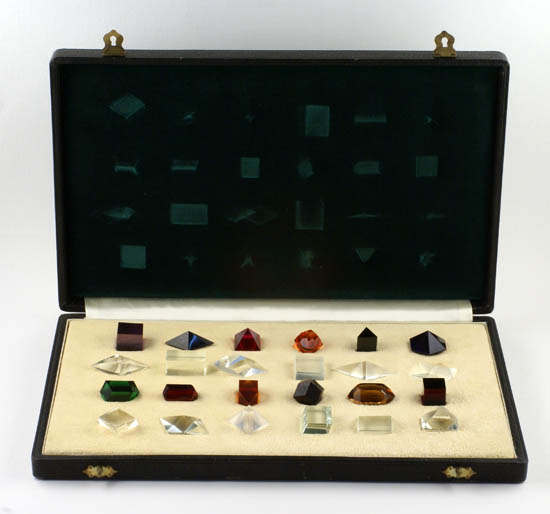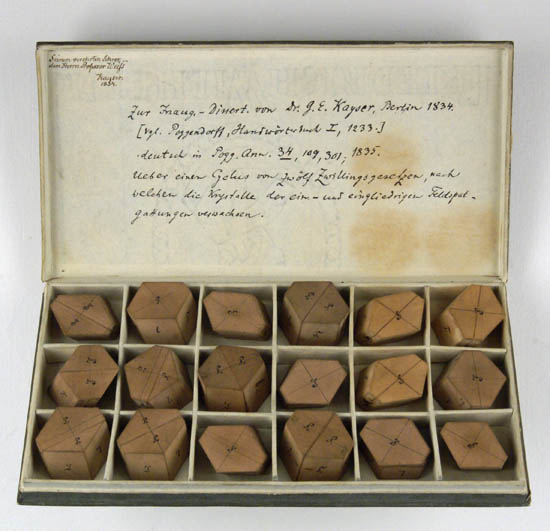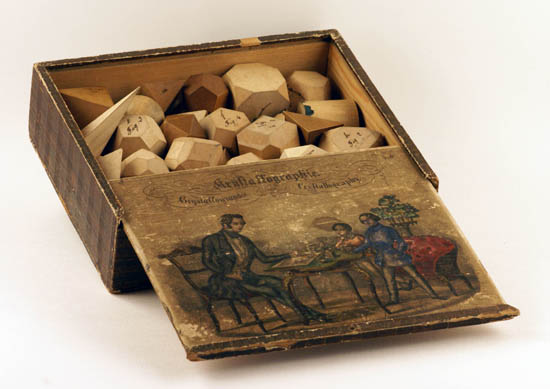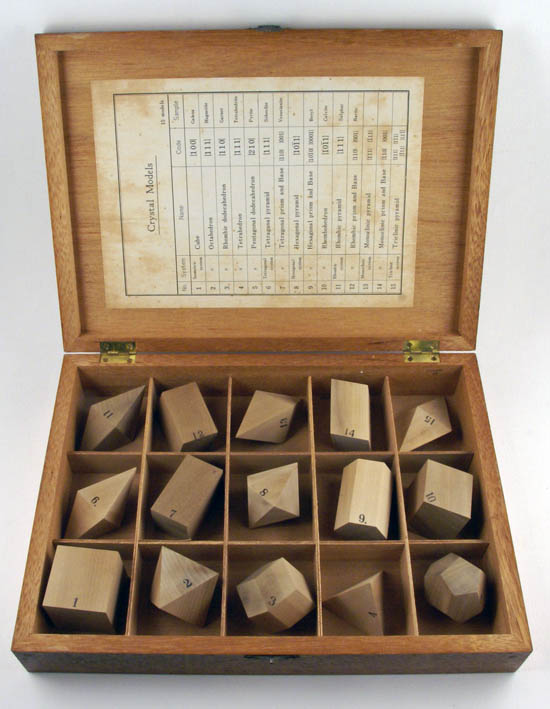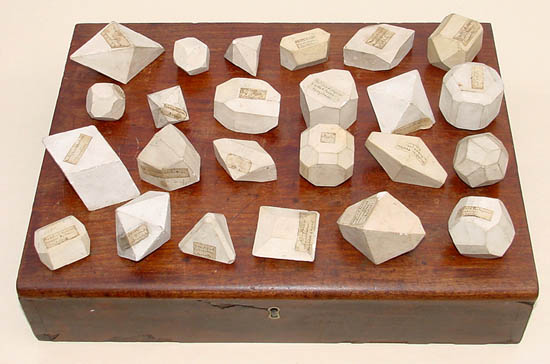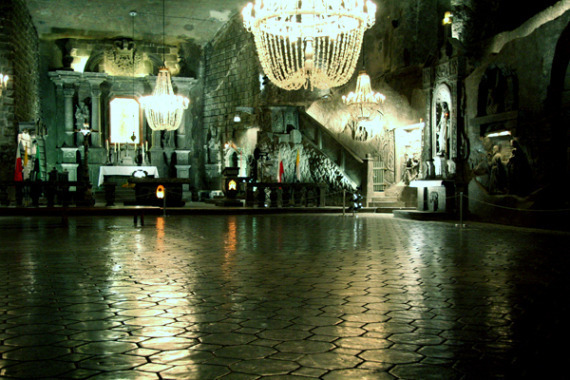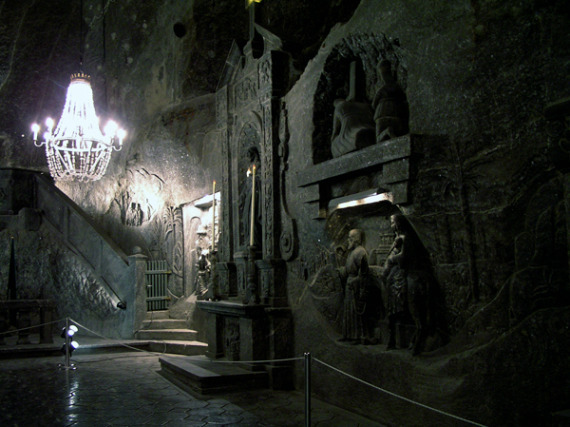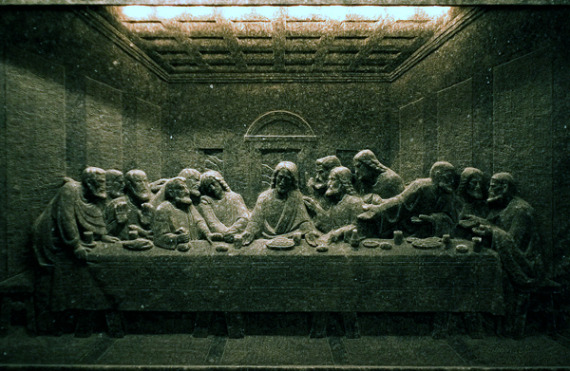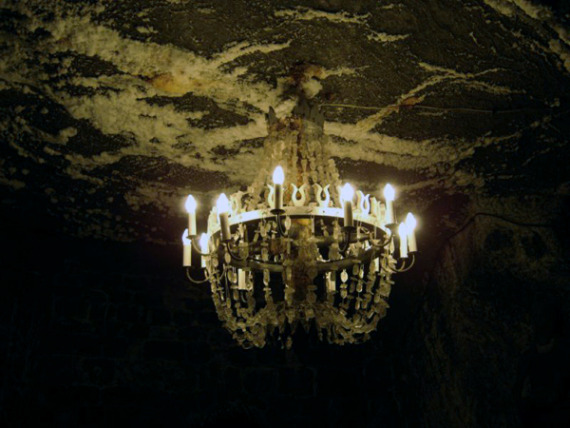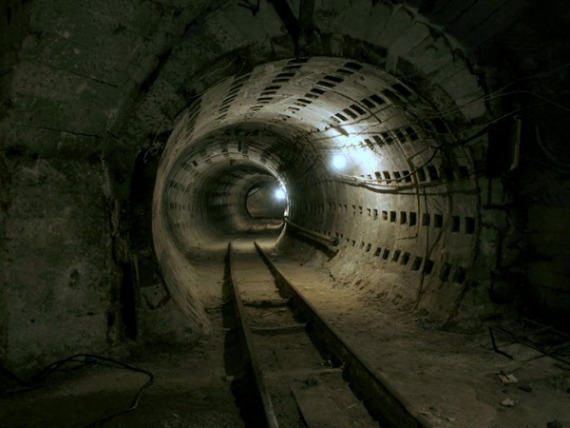A Primer on American Imperialism
 Sunday, March 21, 2010 at 4:13PM
Sunday, March 21, 2010 at 4:13PM "The fact is we are mixed in with each other in ways that most national systems of education have not dreamed of. To match knowledge in the arts and sciences with these integrative realities is, I believe, the intellectual and cultural challenge of our time. The steady critique of nationalism from the standpoint of real liberation should not be forgotten, for we must not condemn ourselves to repeat the imperial experience (although all around us it is being repeated). How in the redefined and yet very close contemporary relationship between culture and empire — a relationship that enables disquieting forms of domination — can we sustain the liberating energies released by the great decolonizing resistance movements and the mass uprisings of the 1980s? Can these energizes elude the homogenizing processes of modern life? Can they hold in abeyance the interventions of the new imperial centrality?" — Edward Said, 1993.







